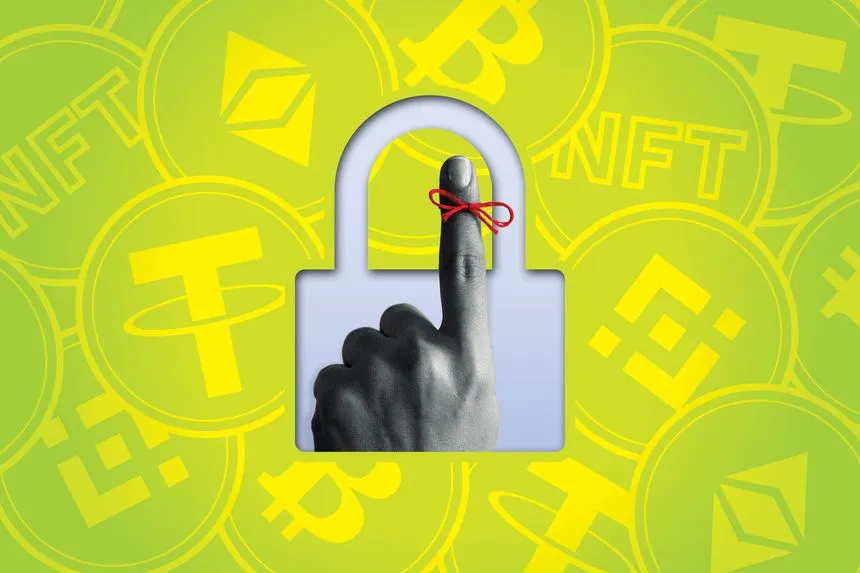There is a popular saying in crypto, *not your keys, not your crypto. Crypto is a bearer asset, meaning that the person who controls the private keys to a cryptocurrency wallet essentially is owning the crypto.
In contrast, when a person decides to put their asset in the custody wallet with an exchange, or a third party, they are trusting that party or exchange in holding their assets and expect them to properly secure the private keys to their holdings.
Unfortunately, many exchanges have mismanaged clients assets, either by not protecting the private keys thus providing an opportunity for malicious actors to steal the funds or by blatantly misusing clients funds for their own purposes.
Self-Custody of Assets
The safest way for people to hold their cryptos is in a wallet that they are in control of. This can be done with a hardware wallet such as ledger, a paper wallet or in their own software wallet. This is called self-custody of crypto assets.
The good thing about holding assets in a self-custody is that, as long as the users himself doesn't share the private keys with anyone, no one can steal or misuse the assets without accessing the private keys.
The cryptographic foundation that crypto use is impossible to hack thus creating tremendous security for assets held in private wallet.
For investors, this could be an additional level of complexity when investing in crypto but it's worth it. A certain level of technological knowledge is required to use the self-custody method of storing crypto assets.
However, in a spirit of staying safe, it is worth learning how to do this.
People do need to be educated about this. As if done correctly, it is something that will prevent people's assets from being stolen or misused by the third parties.
Follow: @howzat
www.twitter.com/itshowzat
Discord: howzat#8307

